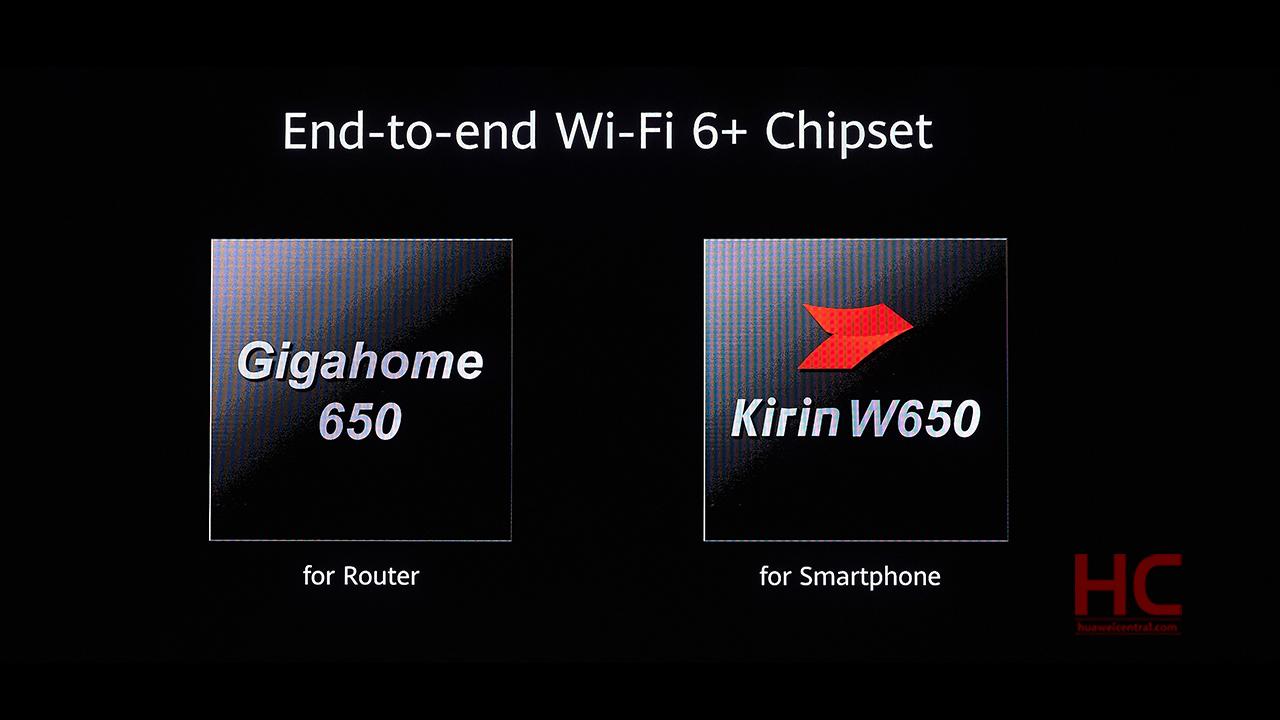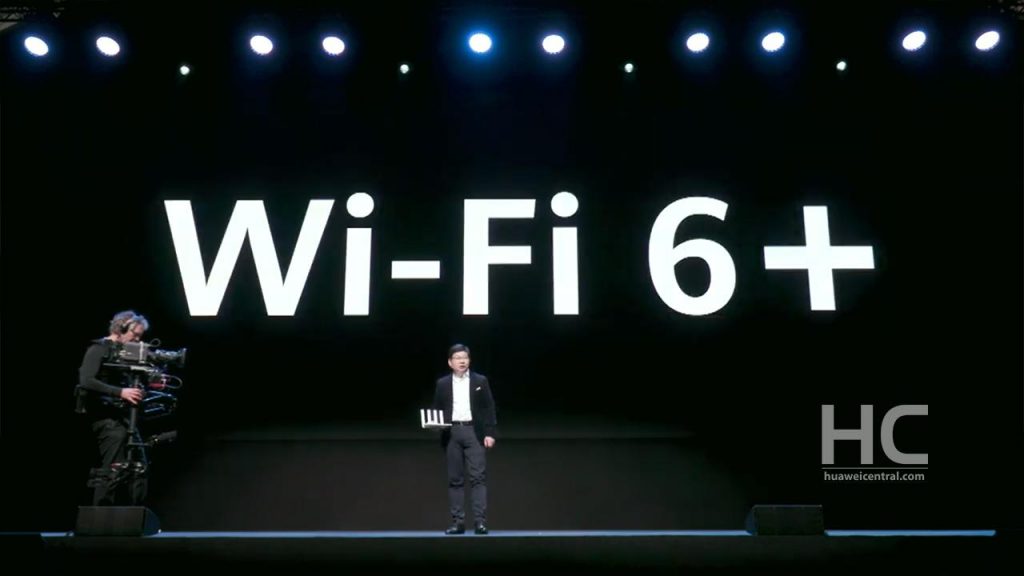Semiconductor
Kirin W650 and GigaHome 650: The world’s first Wi-Fi 6+ chips for smartphones and home routers

On February 24, 2020, Huawei unveiled the industry’s first Wi-Fi 6+ solutions, including the Kirin W650 chip for smartphones and Gigahome 650 chip for home Wi-Fi routers.
Wi-Fi 6 is a new Wi-Fi standard and introduced in 2019. This Wi-Fi standard utilizes new technologies such as orthogonal frequency division multiple access (OFDMA), 1024-state quadrature amplitude modulation (1024-QAM), and Target Wake Time (TWT), to facilitate faster connections. It also helps extend the battery life of connected devices.
The Wi-Fi 6 allows sharing channels in densely connected environments with multiple users and terminals, enhancing network efficiency and lowering latency for both uplink and downlink traffic.
Using Wi-Fi 6 as a base, Huawei has introduced the first-ever Wi-Fi 6+ solutions to boost the new smartphones and smart home connectivity.
Check the detailed view of Kirin 650 and GigaHome 650 below.
Kirin W650:
Designed especially for smartphones, Kirin W650 supports up to 160 MHz of frequency bandwidth at a peak rate of 2.4 Gbit/s, twice the level of industry specification.
It uses “Dynamic Narrow Bandwidth” technology that adjusts the bandwidth in an environment with poor Wi-Fi signals, and improves performance.
Devices equipped with this technology are capable of passing signals through an additional wall or obstructions, compared to similar devices in the market.
It has HiEX terminal-pipe synergy, that powers smooth user experience on smartphones and smart home applications, with dynamic interference avoidance. This reduces air-interface latency by 50% in multi-player gaming and online learning scenarios.
With Bluetooth Ultra High-Definition (BT-UHD) technology, the Kirin W650 provides transfer rates three times as high as the standard Bluetooth, support for UHD and lossless audio, instant content transfers from phones to Bluetooth devices, and over the air (OTA) software updates.
In addition, this chip also supports the Global Navigation Satellite System (GNSS) with the widest available satellite standard coverage to date and enables real-time kinematic (RTK) positioning that is repeatedly accurate down to the sub-meter level.
GigaHome 650:
The GigaHome 650 home router chipset is an all one solution for a diverse range of connected devices. The main architecture of chipset includes power line communication (PLC) chip, and CPU chip.
The Wi-Fi chip supports up to 3 Gbit/s peak throughput, at a peak frequency bandwidth of 160 MHz with two antennas.
Powered by Huawei’s 5G algorithms, this chipset offers attributes such as interference avoidance and multi-user scheduling while integrating 2G and 5G dual-band support in a single chip.
GigaHome 650 has quad-core Cortex-A53 CPU that clocks at up to 1.4Ghz, with the help of a Wi-Fi offloading unit that provides powerful computing performance for a variety of applications installed on the router while allowing a maximum bandwidth of 3 Gbit/s.
The Chinese tech giant says the GigaHome 650 comes with its own level of data security that’s guaranteed by TrustZone technology.
“These Wi-Fi solutions will take Wi-Fi connectivity to a new level and will deliver seamless Wi-Fi coverage for Internet calling, online gaming, streaming video, online learning, and even working from home.” Huawei.
According to Huawei, the Kirin W650 and GigaHome 650 solutions, will soon be released in smartphones, routers, and other terminal devices.








